In the world of soccer, there are various training techniques and drills employed to enhance players’ skills and teamwork.
One such drill that has gained widespread popularity is the rondo.
Used by coaches at all levels, from youth academies to professional clubs, the rondo has become a fundamental component of soccer training sessions.
In this article, we’ll discuss what a rondo is all about, including how it’s structured, the benefits it offers to players, and its role in developing key aspects of the game.
Whether you’re a player, coach, or simply a soccer enthusiast, understanding the intricacies and advantages of the rondo will provide valuable insights into this dynamic and effective training tool.
A rondo, often referred to as a keep-away game or resembling the popular children’s game ‘monkey in the middle,’ serves as a soccer drill centered around maintaining possession of the ball. A group of players aims to retain the ball while evading one or more defenders.
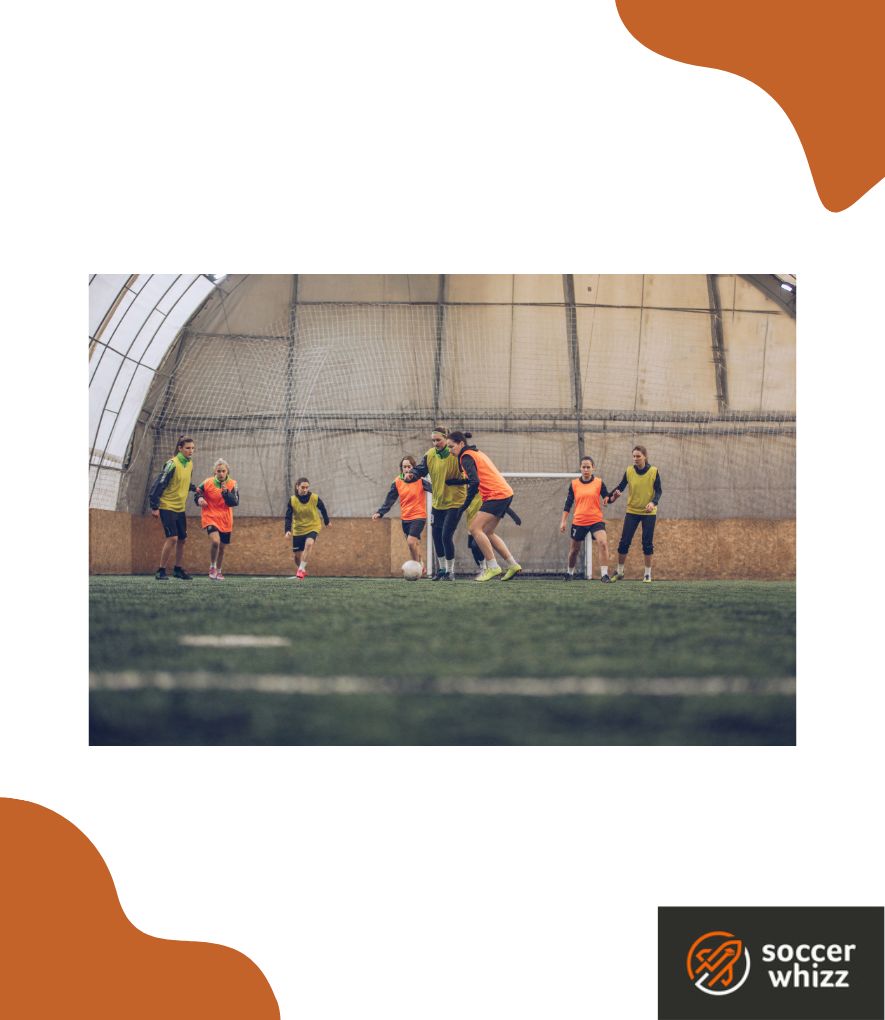
Primarily utilized as a warm-up exercise in training sessions or pre-game routines, the rondo’s versatility allows for its expansion into a comprehensive training exercise encompassing various aspects of the game.
Why is it called a rondo in soccer?
The history of the word “rondo” in soccer traces its origins back to the Italian rendition of the French term “rondeau,” which translates to “a little round.”
Interestingly, this word had its primary usage in the realm of music.
However, when it comes to soccer, credit for the introduction of the term “rondo” goes to the Spanish coach Laureano Ruiz, who coined it in 1957.
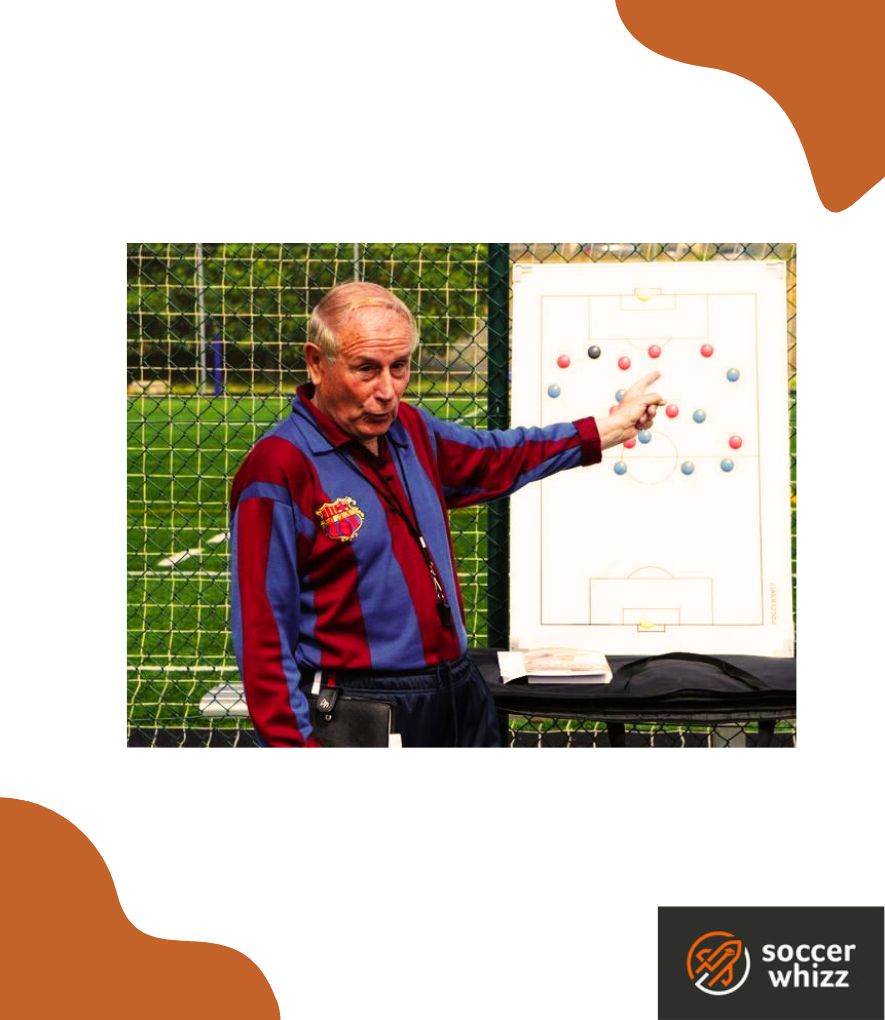
As Ruiz hails from Spain, this soccer-specific version of the term emerged from the Spanish language, emphasizing the circular nature of the drill.
How do you win at a soccer rondo?
In a traditional rondo drill, the winners are typically determined based on specific criteria set by the coach or facilitator.
While variations exist, here are some common methods used to determine the winners of a rondo in soccer:
Time-based
The duration of the rondo is predetermined, and the team in possession aims to maintain control for the entire duration without losing the ball to the defenders.
If the team successfully completes the specified time, they are declared the winners.
Passes or touches
This objective is to achieve a set number of consecutive passes or touches without the defenders intercepting the ball.
Once the required number is reached, the team in possession wins the rondo.
Mistakes or turnovers
Here, the team in possession strives to limit the number of mistakes or turnovers they commit.
This could involve keeping track of how many times the defenders successfully intercept the ball.
At the end, the team with the fewest mistakes or turnovers emerges as the winner.
Points system
Additionally, a points system can be implemented, with specific actions or achievements awarded points.
For example, each successful pass earns a point, while losing possession to the defenders deducts points.
The team with the highest accumulated points at the end of the rondo wins.
Coach’s assessment
The coach or facilitator may observe and assess various aspects of the rondo, such as teamwork, communication, decision-making, and technical execution.
The team that demonstrates superior performance in these areas may be declared the winners based on the coach’s personal judgment.
What are some soccer rondo examples worth trying out?
There are several variations and progressions of the rondo drill that can be incorporated into different exercises or positional play, providing valuable insights into its application in the full game.
Here are a few popular variations:
3v1 and 4v1 rondos
These simple forms of rondos focus on the essence of keep-away, passing, and movement, offering pure competition within a small-sided game setup.
5v2 rondo
This iteration introduces an additional defender, creating a pressure and cover scenario that simulates game-like situations.
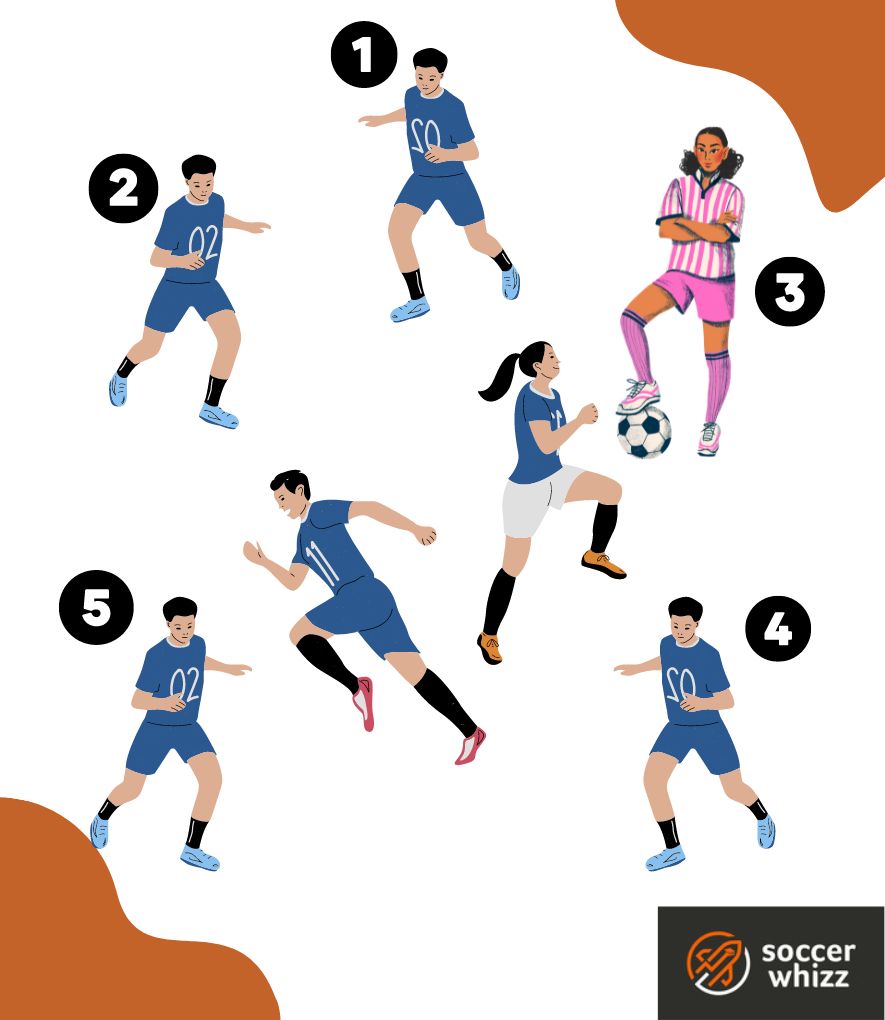
It emphasizes communication and teamwork among the defenders while challenging the players in possession to split the defense and play through the defensive line.
More so, it helps develop the concept of “breaking the line” by advancing the ball through a line of opposing players with a well-executed pass.
Central player rondo
Incorporating a central player adds a new dynamic to the rondo.
This player acts as a link between different areas of the pitch, creating triangles and providing support to the attacking players.
By operating in the central area, the player develops spatial awareness and understanding, similar to moving between lines or in the half-spaces.
They can exploit spaces by playing on the shoulder of defenders or employing quick double movements to find gaps and maintain possession.
Can you tackle in a rondo?
In a traditional rondo drill, tackling is generally not encouraged or permitted.
The primary objective of a rondo is to focus on ball retention, passing, and movement skills, rather than physical challenges or defensive actions like tackling.
The emphasis is on maintaining possession, quick decision-making, and improving technique under pressure.
However, variations of the rondo may incorporate limited defensive actions or modified rules to simulate certain aspects of the game.
In these cases, tackling may be allowed but in a controlled manner to avoid potential injuries or excessive physicality.
Coaches can set specific guidelines for defensive players, such as attempting to intercept passes or block shooting opportunities, rather than engaging in full tackles.
It’s important to note that the purpose of a rondo is primarily for technical and tactical development, so the level of physical contact and defensive actions should be appropriate for the age and skill level of the players involved.
Safety and fair play should always be prioritized to ensure a positive training experience for all participants.
Why are rondos important in soccer?
Regularly incorporating rondos into training sessions offers numerous benefits for players.
Let’s explore some of these advantages:
1. Development of passing skills
Rondos enhance ball control, passing accuracy, and decision-making abilities for the players in the passing team.
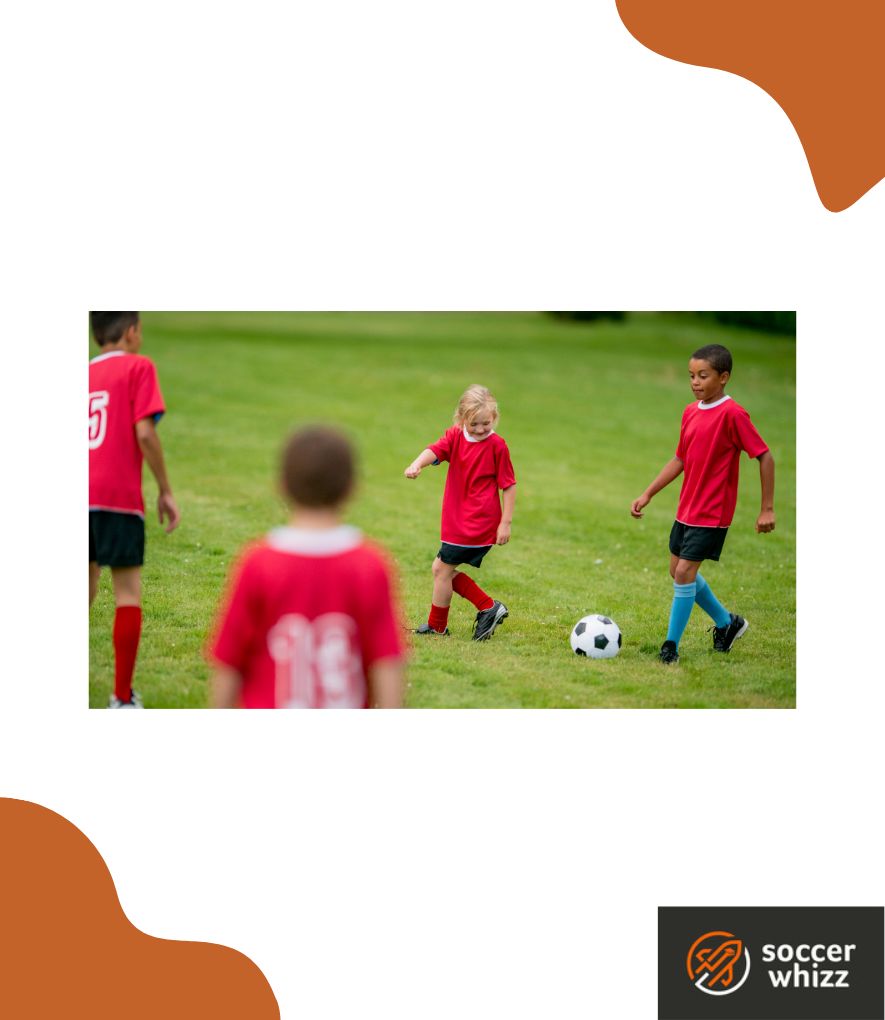
They learn to quickly assess passing lanes, execute well-placed passes, and retain possession.
In certain variations, players who make misplaced passes may swap with defending players, emphasizing the importance of precision and minimizing mistakes.
2. Improvement of first touch
The receiving players in a rondo must demonstrate a good first touch to maintain possession.
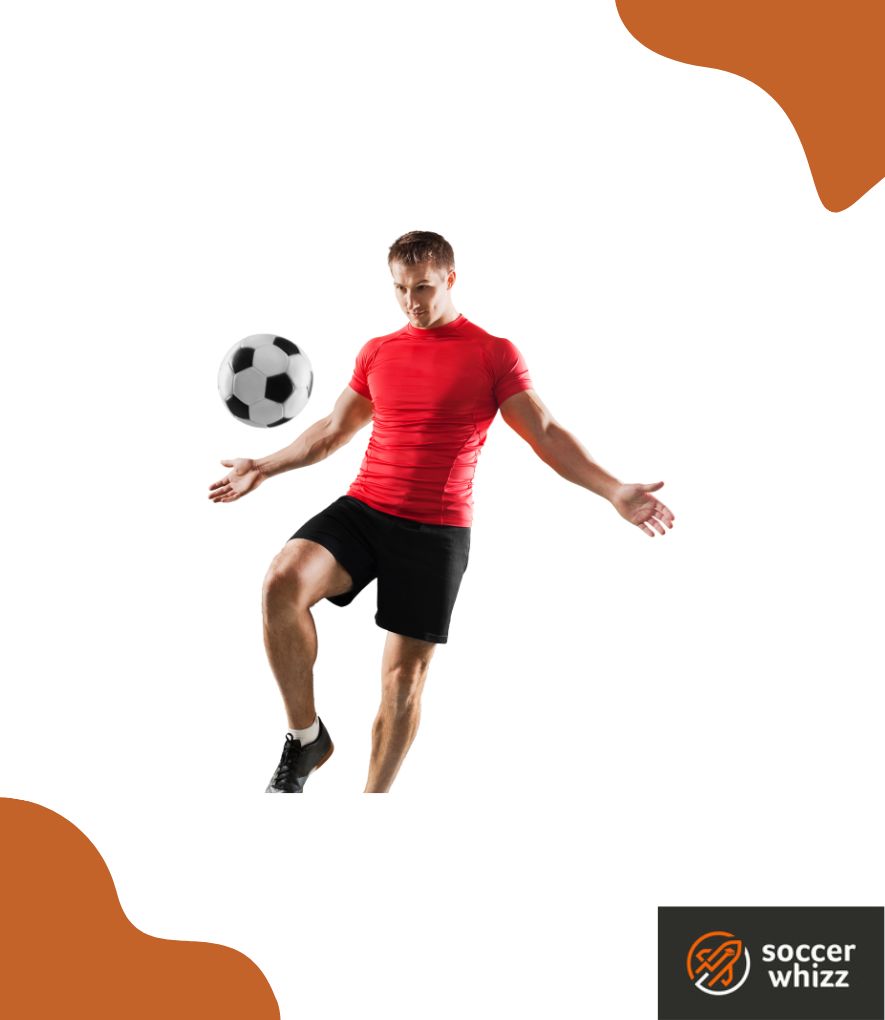
They face various types of passes, ranging from short lay-offs to long cross-field deliveries.
This high-pressure situation enhances their ball control skills, helping them develop a reliable first touch even under challenging circumstances.
3. Enhancing defensive skills
Rondos provide valuable training for the defending team.
Players in the middle must work hard to regain possession from the passers, requiring them to close down quickly, apply pressure, and force mistakes.
These actions develop speed, awareness, and stamina, essential attributes for effective defensive play.
4. Mastery of intercepting
Participating in rondos enhances the skill of intercepting passes.
The defenders learn to time their pressure to cut passing lanes effectively.
Mastering this skill involves anticipating the pass while being cautious not to press too early or obviously, allowing the passers to switch the direction of play.
It requires precision and the ability to read the game accurately.
5. Promotion of teamwork
Rondos foster teamwork for both the passing and defending teams.

The passing team learns to communicate effectively, indicating passes, and developing an understanding of their teammates’ intentions.
Being prepared to receive a pass from a teammate who may not overtly target them is a valuable skill that can be honed through rondos.
On the other side, the defending team also learns to coordinate their actions, working together to pressurize the passers and regain possession.
Concluding thoughts
Ultimately, the rondo is a dynamic and versatile training exercise that holds immense value in the world of soccer.
It’s a possession game where a group of players strives to keep the ball away from one or more defenders, emphasizing ball retention, passing accuracy, and quick decision-making.
Rondos offer numerous variations that cater to different aspects of the game, allowing players to develop a range of skills.
Whether it’s the simplicity of 3v1 and 4v1 rondos or the more complex variations like the 5v2 or central player rondos, the benefits remain consistent.
Rondos offer a platform for players to refine their technical abilities, enhance decision-making, and build a solid foundation for success on the pitch.
If you’ve enjoyed reading this post on soccer rondos, then you’ll likely find our article on the different games you can play with a soccer ball equally fascinating.
If you enjoy the content that I create and would like to buy me a coffee, then I’d really appreciate it!
Any money that I earn through this donation will be re-invested into more content for this website.
Additionally, by sending in a donation you’ll also receive a copy of my recently released 190+ page eBook on Soccer Ball Care, as well as be subscribed to our mailing list where you’ll be regularly informed on the latest developments concerning the Soccer Whizz blog.
- Future Icons: Europe’s Emerging Midfield Maestros Set for Glory - December 4, 2023
- Kickstarting a Revolution: How Soccer Transformed the United States Over the Last Four Years - October 7, 2023
- 4-1-4-1 Soccer Formation [Analysis] - September 23, 2023

